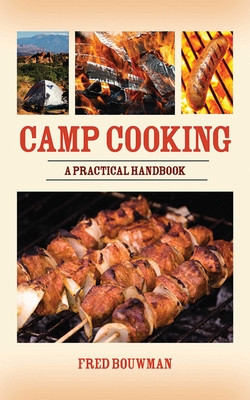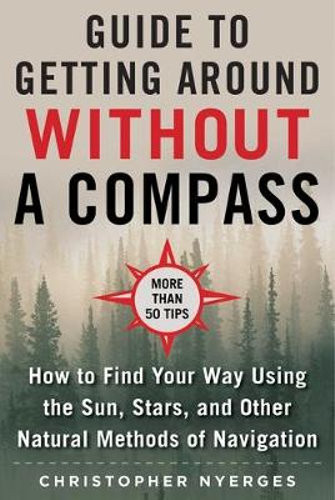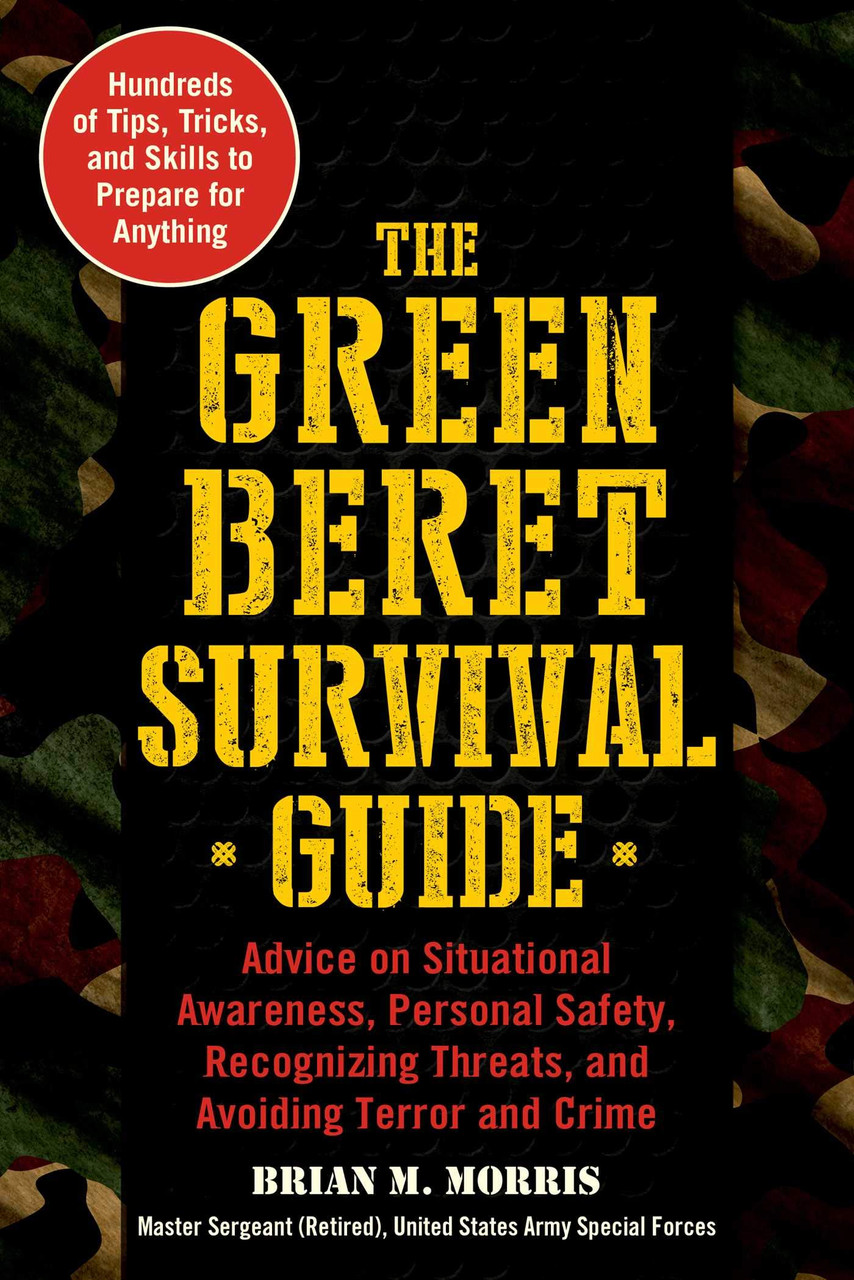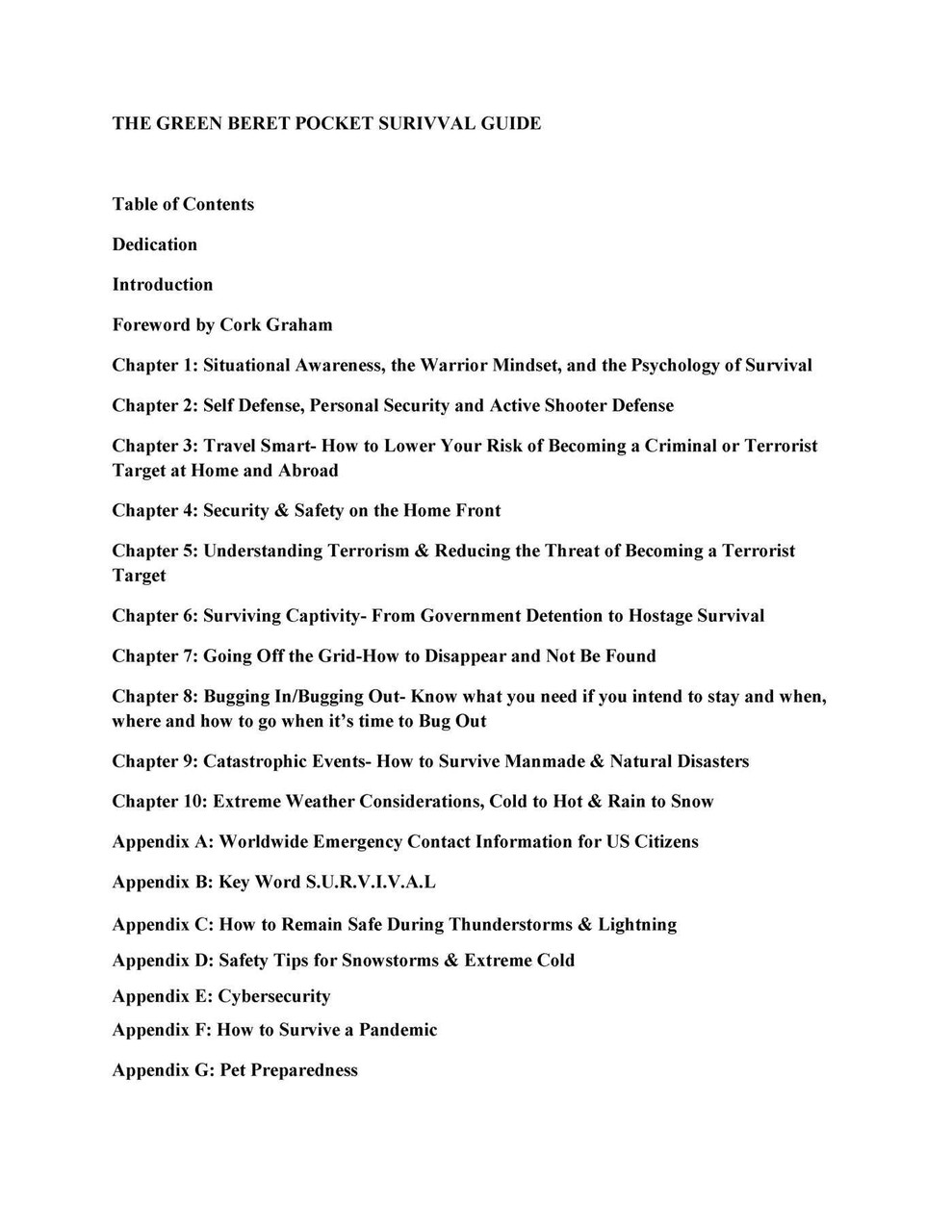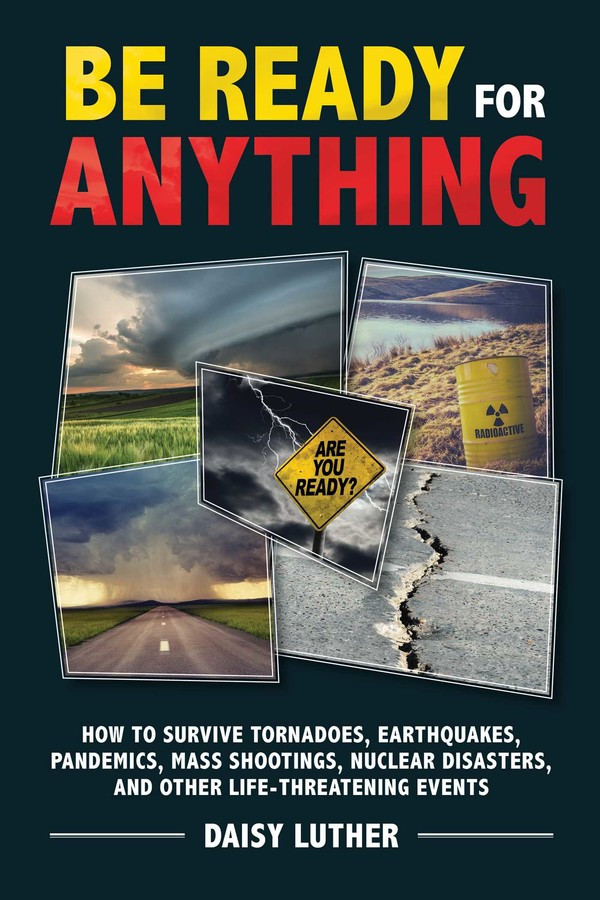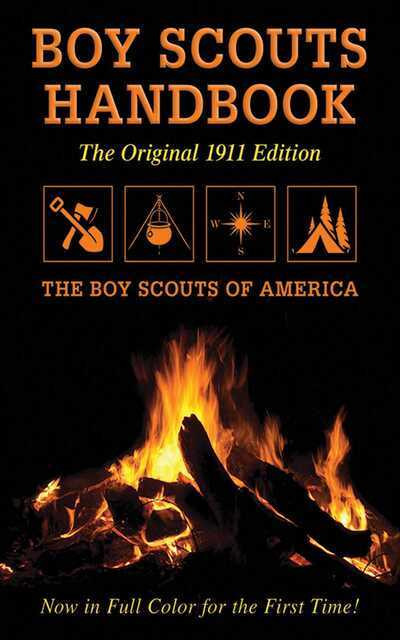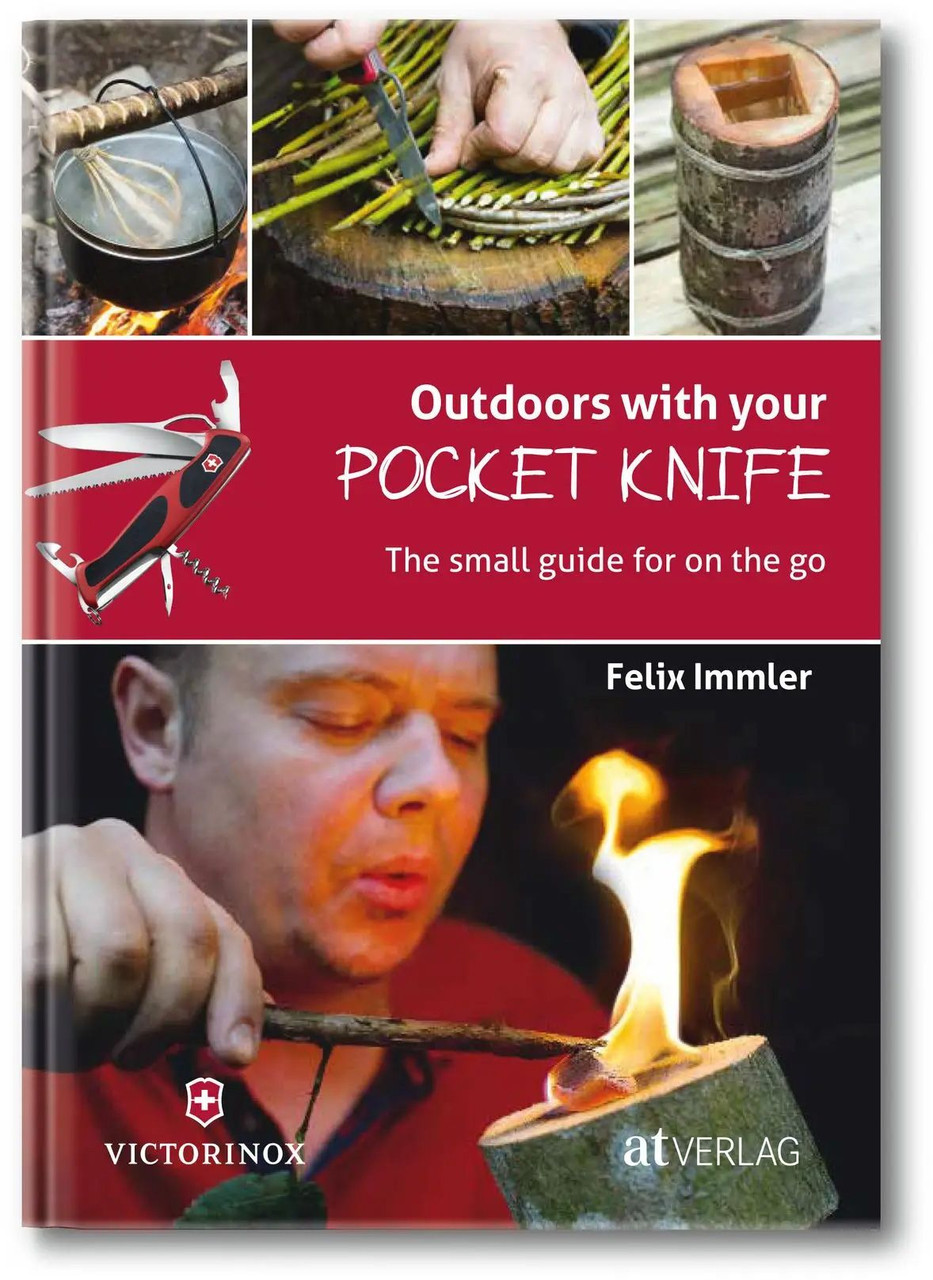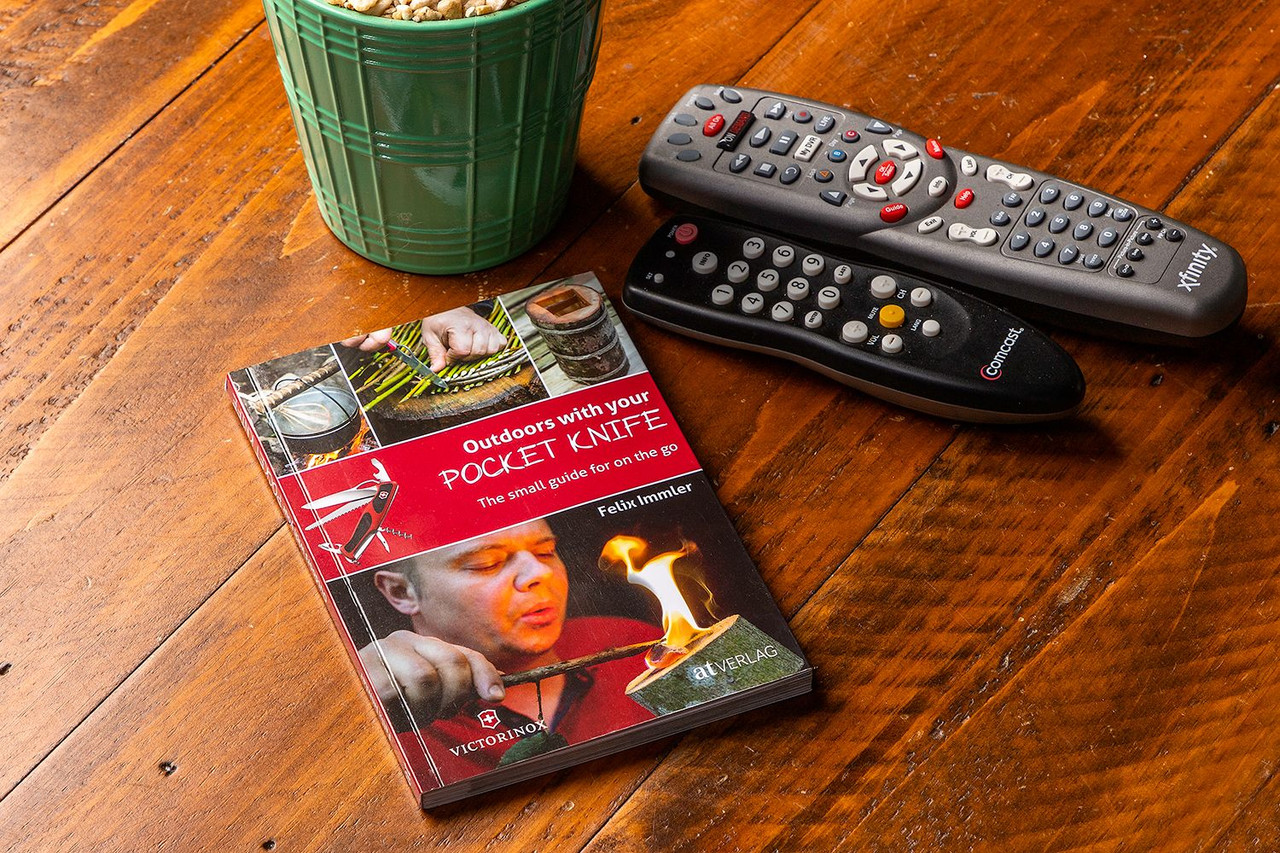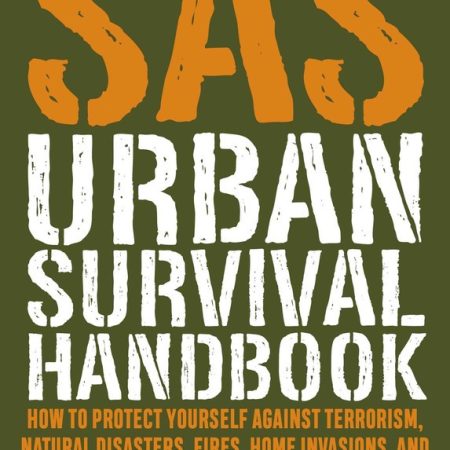| Content | John “Lofty” Wiseman is the author of the bestselling SAS Survival Handbook, the definitive guide to survival in the wild from Britain’s Special Air Service. Now he has compiled the complete guide to surviving among crowds of people, the mazes of office buildings, the dangers of an unfeeling city—put simply, how to stay safe in the urban jungle.
Thousands of preventable fatalities occur in the home every year—more than on the roads, more than in the great outdoors. Household chemicals, electricity, cooking knives, and rodent poisons—in the wrong hands and with improper usage, these day-to-day resources bring danger to your home. Add to this the risks of moving through city streets (the threat of rape, muggings, and gang violence) and the menace of natural disasters (floods, earthquakes, blizzards) that cannot be avoided.
Every day serves as a constant reminder: The world is truly a frightening place.
The SAS Urban Survival Guide advises readers to think practically about urban environments and offers tips and instructions on how to avoid hazards wherever one goes. From self-defense techniques to home security systems to coping with natural disasters, this book teaches readers to recognize danger, make quick decisions, and live confidently in the modern world.
| Illustrated with full-color photographs accompanying easy-to-follow instructions, this unique collection utilizes the best that the online community has to offer, a mammoth database churning out ideas to make life better, easier, and, in this case, greener.
Here are fun, useful projects designed to get you thinking creatively about going green. Let the Instructables team illustrate just how simple it can be to make your own backyard chicken coop or turn a wine barrel into a rainwater collector.
Here, you will learn to:
- Clip a chicken’s wings
- Power your lawn mower with solar power
- Create a chicken tractor for the city
- Water your garden with solar power
- Build a thermoelectric lamp
- Create an algae bioreactor from water bottles
- And much more!
Get started today—making your life greener. Get off the grid!
| Features of Pocket Guide to Emergency First Aid from Pocket Guides Publishing:
- Sections dealing with all kinds of medical emergency situations
- Great companion guidebook to the Pocket Guide to Outdoor Survival
- Spiral binding lets pages lay flat for easy reading in the field
- Side tabs let you find the right chapter quickly
- Fully waterproof (tested by soaking in water for months on end), and astonishingly durable - dirt-proof, tear-proof, wind-proof, kid-proof.
- Pages are made of specially formulated, heat-treated, PVC plastic - polished, resin-coated polyvinylchloride polymer). Pages feature:
- Bright white printing surface - all printing is clear and precise
- Virtual indestructibility - the pages can't rip or tear, and the corners won't bend over
- Flexibility - pages can bend without breaking
- Washable surface - just wipe clean after use or wash in water
- Steel rule die cut with polished edges - the corners won't poke you while in your hand or in your pocket, as often happens with plastic printed materials
- Will not warp, fade or deteriorate. (Keep out of direct sunlight for prolonged periods - nothing can prevent the sun's ultraviolet rays from "yellowing" any kind of paper or plastic. Under normal conditions it will take years of use for these Pocket Guides to "yellow", and even then they will remain clear and perfectly readable!)
| Camp Cooking covers it all: from meat, to fish, to vegetables, baked goods and sauces. Fred Bouwman explains it all in easy-to-follow steps. This information has been tested and retested in the field. Much of it is just not available anywhere else and Bouwman lets his expertise run wild here. Chapters include information on building campfires that are serviceable for cooking, selecting the best camp stove, utensils, and how to pack and carry a camp "kitchen." Bouwman also looks at the myths and the facts of safe water purification while camping, and teaches methods for safely purifying your water supply. The book closes with a great section on selecting using the wide selection of foods available to today's camper.
| 21 Essential Knots for Everyday Use Indoors or Outdoors! This compact little reference book includes knots for a wide range of functions, from home to work, hobby to play activities. No knot-tying jargon is used, no baffling technical terms--just simple step-by-step instructions and outstandingly clear line drawings. It's the perfectly portable knot reference for anyone--scouts, sailors, hunters, anglers, gardeners, farmers, horse riders, you name it! Among the knots in this book are: Overhand knot, Heaving line knot Reef knot, Sheetbend Fisherman's knot, Figure-of-eight loop, Bowline Three-part crown, Sheepshank Half-hitch, Clove hitch, Constrictor knot, Pile hitch, Highwayman's hitch, Waggoner's hitch, Timber hitch, Double-loop knot, Uni-knot, Blood knot, Square lashing, and more! Start learning these useful and practical knots today.
| Learn how to navigate without a compass, even when it seems impossible!
Whether we are walking or driving, whether in the woods, on the water, or in the city, it&;s vital that we know where we are and are able to find our way around. But with society&;s current dependence on modern tools and technology, many persons would have no idea how to navigate without a compass or GPS. In an emergency situation, that lack of knowledge could easily prove fatal.
In The Ultimate Guide to Navigating without a Compass, survival expert Christopher Nyerges provides readers with all the skills that they may need to navigate naturally. The book begins by describing the meaning of natural navigation, and then moves on to describe, in detail, the methods of natural navigation, including using the sun, the stars, the moon, and shadows. Additional topics include:
- How to read a map
- How to make a sun dial
- How to make a star dial
- How to use clouds to predict weather patterns
- How to track celestial changes
- How to gauge time through natural observation
- And much more!
With helpful diagrams, illustrations, and sidebars, The Ultimate Guide to Navigating without a Compass is the fundamental reference book for learning how to navigate by natural methods.
|



